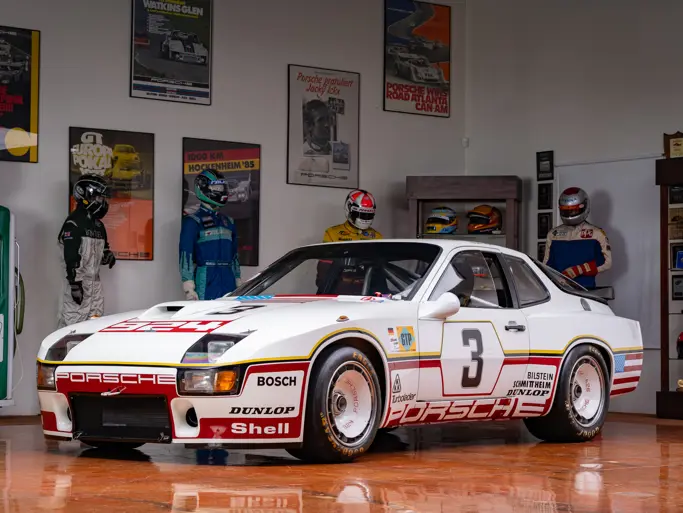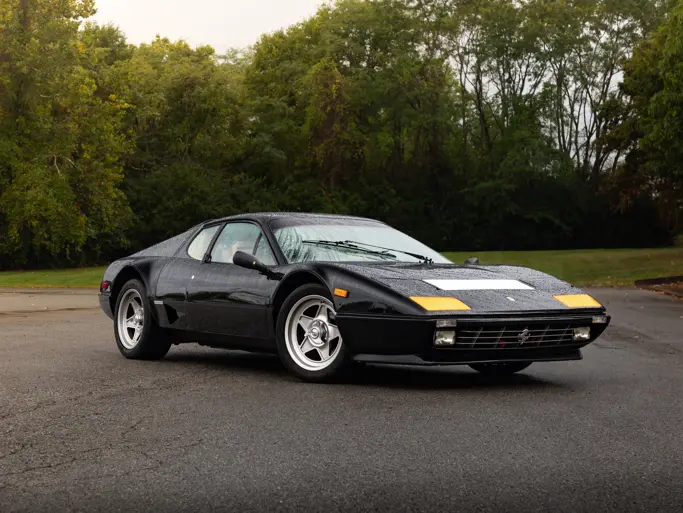220 bhp, 2,965 cc dual overhead camshaft 90-degree V-6 engine with Weber 42DCNF carburettors, five-speed synchronised gearbox, suspension by independent coil springs, stabilising bar and telescopic dampers, and ventilating disc brakes. Wheelbase: 2,600 mm (102.3")
• Desirable SS model with a more powerful six-cylinder engine
• Matching numbers; original interior
Following WWII, the Orsi family, which owned Maserati, embarked upon a dual plan for Maserati: remaining deeply involved in racing but simultaneously building series production sports and GT cars. The Orsis sold out to Citroen in 1969, and shortly thereafter, Maserati introduced the V-6 powered Merak in 1971, which shared its platform and Giorgetto Giugiaro’s Italdesign styling with the V-8-engined Bora.
Alejandro de Tomaso took over Maserati in 1976 and in 1978, improved the Merak by abandoning the Citroen hydraulically-assisted brake system and adopting the Bora’s ZF five-speed transaxle and larger wheel and tyre package, making the Merak a better balanced performer. Build quality, which had suffered during the Citroen era at Maserati, also greatly improved under de Tomaso’s management.
The three-litre Merak is a prime and affordable example of a great Maserati engine in a nimble and balanced chassis, with commendable driver and passenger accommodations and wrapped in Giugiaro’s styling, which has more than stood the test of time. An excellent example is the Merak SS presented here–a matching numbers example, finished in red with original checkered cloth interior. With a bigger V-6 engine rated at 220 horsepower and a top speed of 240 km/h, it was a force to be reckoned with. Originally delivered to Parma, this car has remained in Italy ever since. It was treated to a restoration in the early 1990s, where body and mechanicals were overhauled, but it was decided to keep the original and very characteristic interior untouched. In preparation for the auction, the Merak was serviced and awaits a passionate new owner.




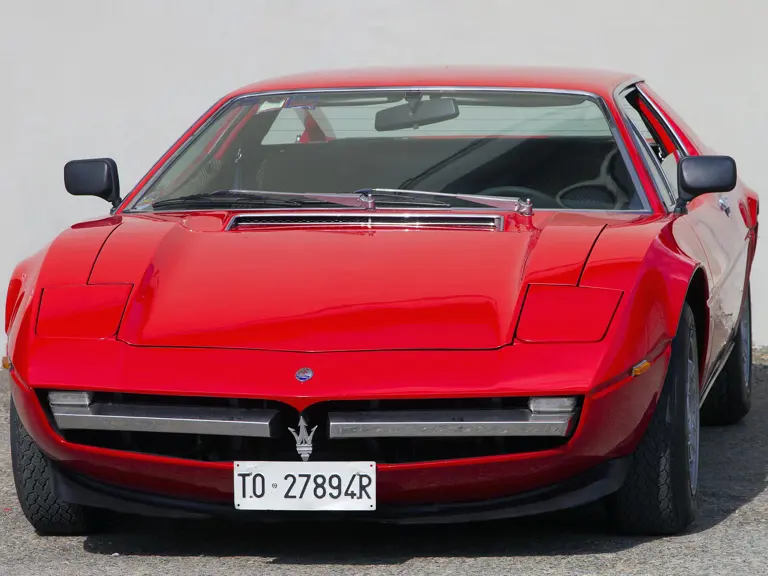
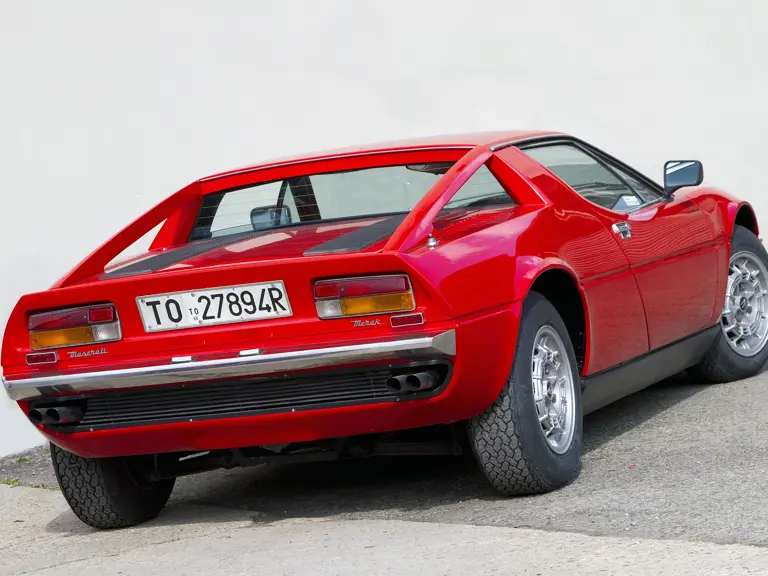
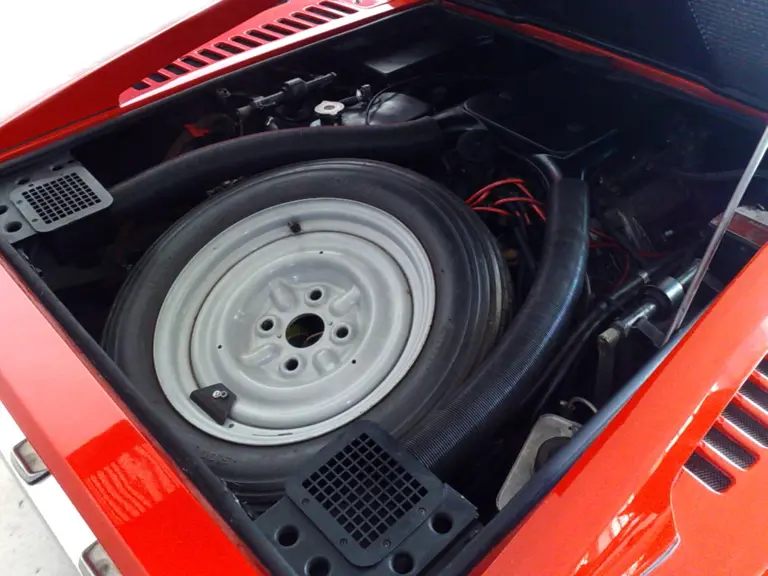
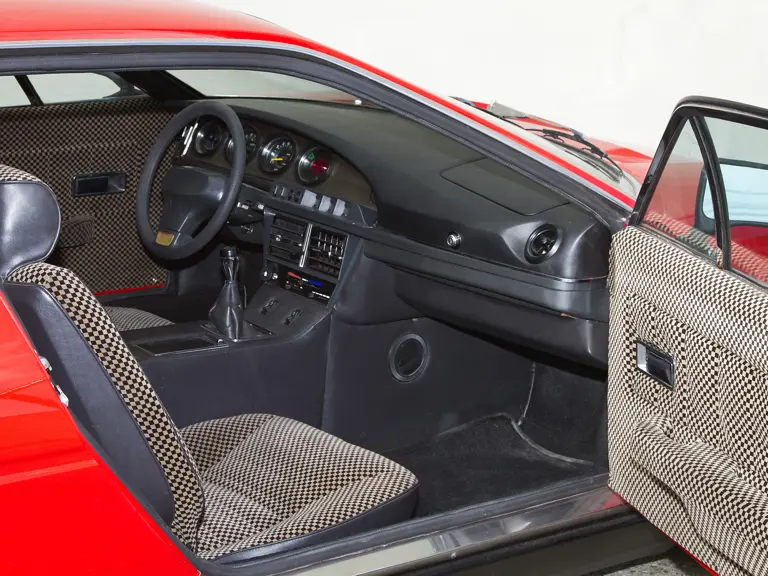

 | Monaco, Monaco
| Monaco, Monaco
